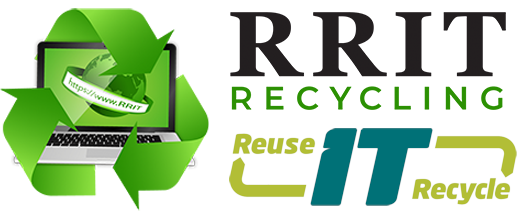COVID-19 has increased the price of used IT gear
How government organisations can solve IT asset disposal problems.
At Reuse-RecycleIT, we have noticed some used IT equipment selling for twice as much as it did before the pandemic. This may be because more people need this equipment to work from home, and because there is a shortage of new hardware due to trade reductions and union work bans.
Whatever the cause, this increase in the value of end-of-life or redundant IT gear can benefit government organisations or their nominated charity.
For example, the ACT Government received more than $120,000 in the last quarter for its used IT equipment. The same equipment would have returned up to half that amount before the pandemic.
Some Australian government organisations are technology hoarders – they use back rooms and warehouses to store unused IT equipment for months or even years. Now is a good time for them to investigate opportunities to get a return for that hardware.
Is your organisation sitting on replaced IT equipment indefinitely? “It actually frightens us to see the number of storage facilities around capital cities filled with used IT equipment in the hope that at some stage, when they get around to it, they’ll clear it out,” says James Falzon, Managing Director at Capital Easy, the largest independent IT leasing arm to government in Canberra and the parent company of Reuse-RecycleIT.
At Reuse-RecycleIT, we know the scale of the problem because we have spent 23 years helping Australian organisations deal with it. Our company is on a number of whole-of-government marketplace panels for IT disposal, IT sanitisation and value recovery. We are accredited by the Digital Transformation Agency and our customers include the ACT Government, Australian Government Department of Finance, CSIRO, Murray-Darling Basin Authority and the Australian National University.
Falzon points out that senior government executives probably know how much money they recovered from rollover of motor vehicle fleets, but they can’t always answer the same question about IT assets. “I posed that question to a very senior executive and they had no idea,” he says.
The problem is an assumption that once hardware has been replaced, it has no value or the task of meeting information and privacy requirements is too complex. Technology refresh projects often focus on deploying equipment, systems and applications, but not appropriate storage, sanitisation and disposal of hardware. Those in charge don’t typically expect a financial return for the replaced hardware.
“We tend to think E-waste in the same way as PET or plastic waste. It’s actually not, because E-waste isn’t waste. It’s actually a readily marketable item for either reuse or material recovery,” Falzon says.
